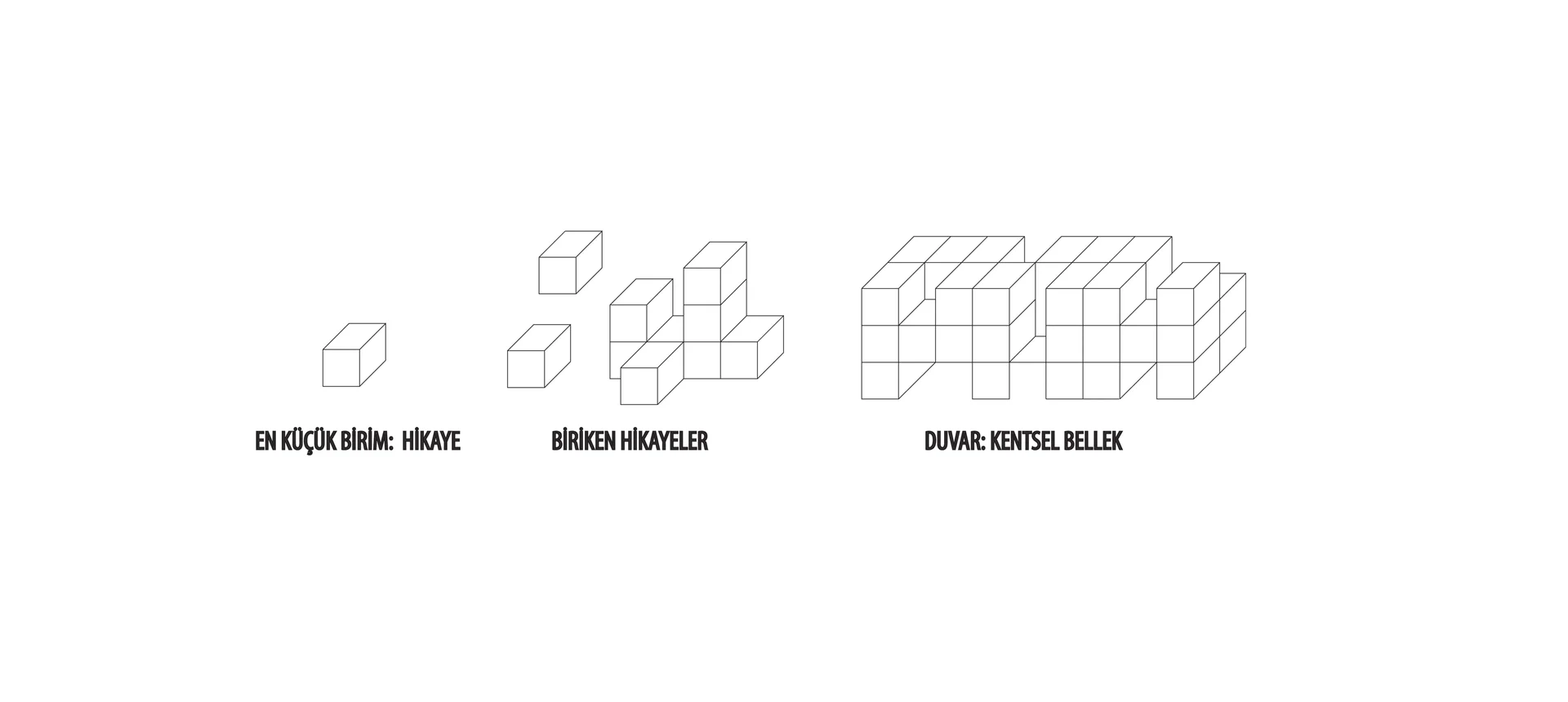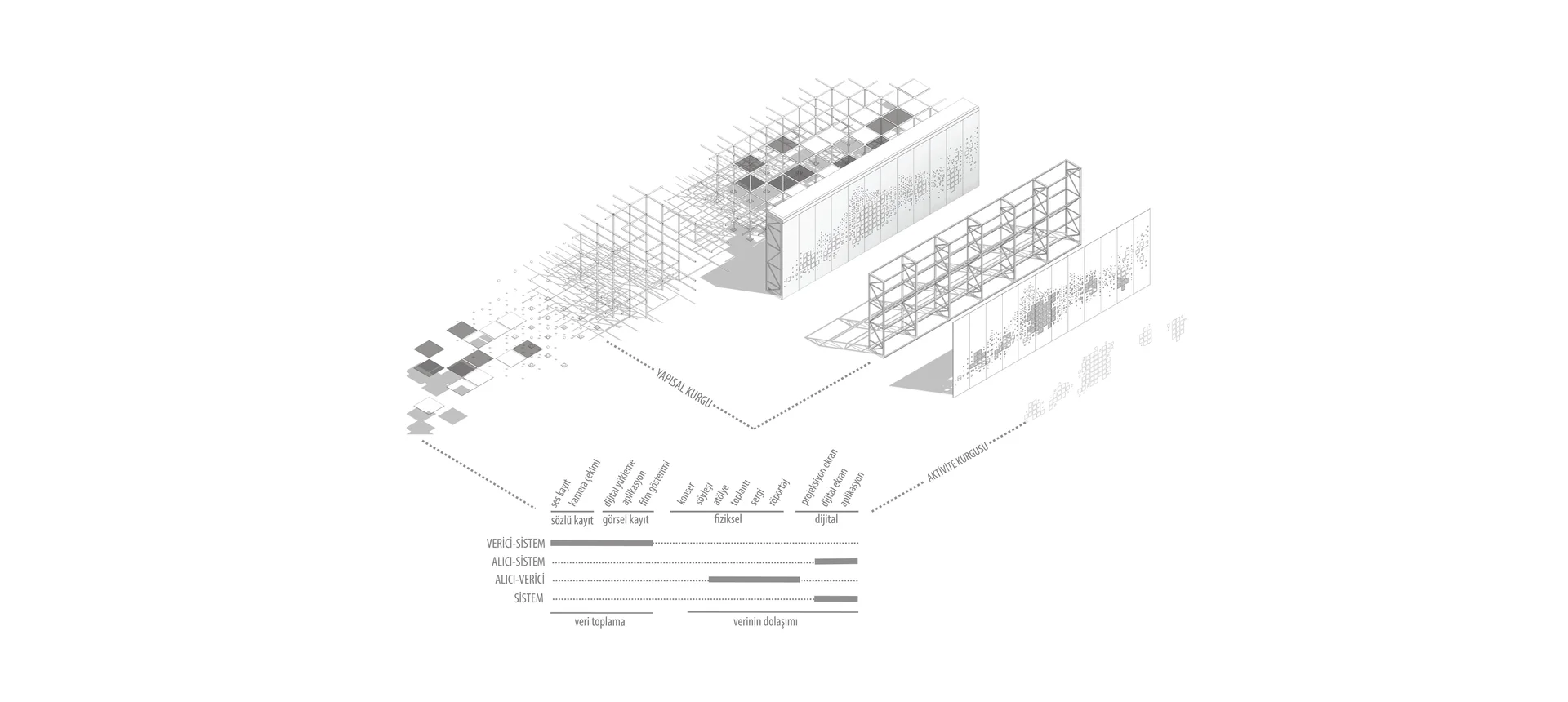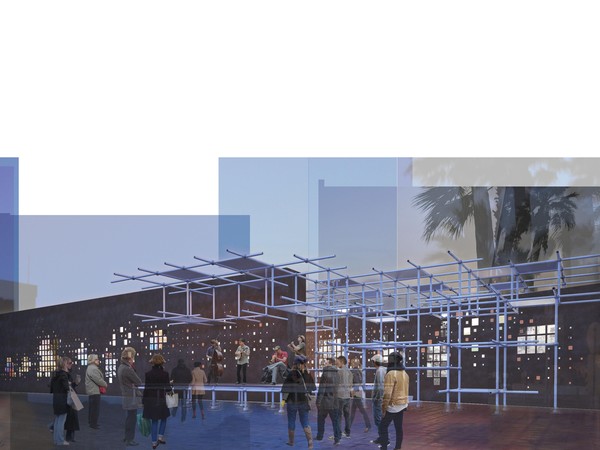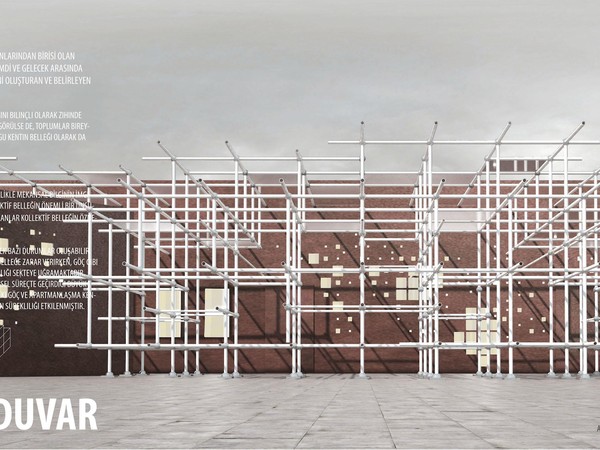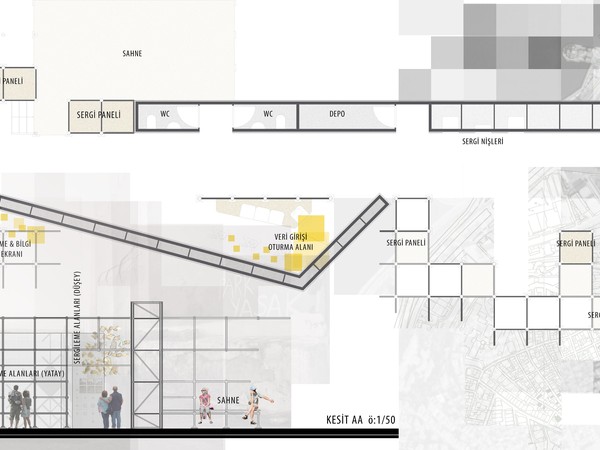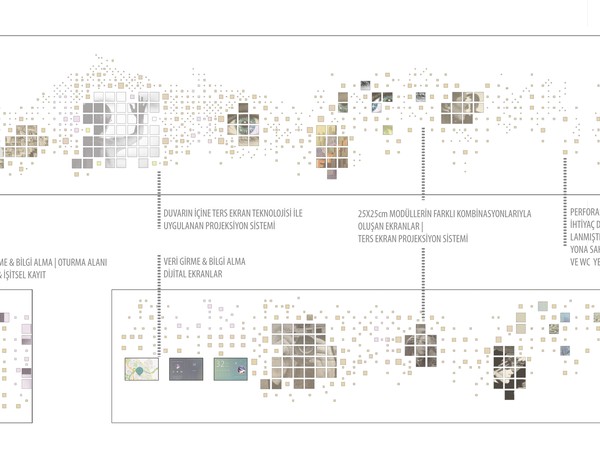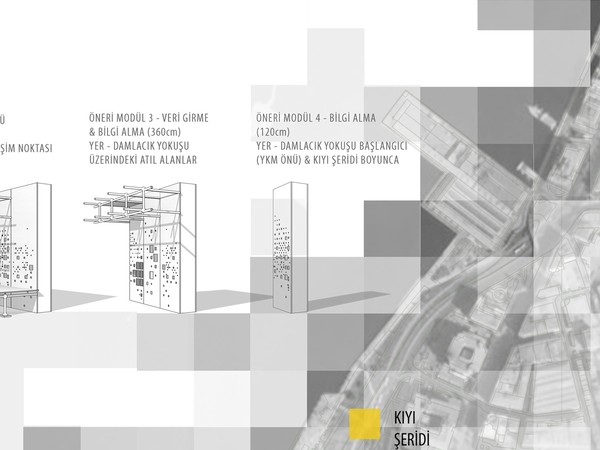Design Corridors
1. Urban Memory and Spatial Experience
The city is a vital component of collective memory. Among its most layered elements, public space plays a key role in linking the past, present, and future. Over time, these spaces have acquired symbolic significance, evolving into anchors of urban memory. (Boyer, 1998)
While memory is often perceived as an individual faculty, it is shaped within society. In this context, collective memory — formed through shared experiences over time and space — becomes an urban phenomenon.
The connection between collective memory and the built environment emerges through perception, moment, and experience, particularly via spatial imagery. Furthermore, urban spaces that foster social interaction serve as active agents of memory, transforming individuals from passive observers into participants in the city’s ongoing narrative.
However, the continuity of this memory is vulnerable. Physical and social disruptions — such as fires, earthquakes, political upheavals, or forced migrations — may alter the urban landscape and interrupt memory flows. İzmir, for example, has undergone significant changes: the Great Fire (1922), the population exchange (1923–24), and the transformation brought by mass housing in the 1970s have all left deep imprints on the city’s memory.
This project draws upon these layered histories, aiming to create a framework where memory is not only preserved but continuously reinterpreted through space.
2. Stories Told Through the Wall
At the heart of the project lies a simple premise: a wall made of stories. The wall becomes a canvas for collective memory — a medium where personal thoughts, acts of resistance, and experiences are recorded and shared. Historically present in urban life and more recently reimagined in the digital age as “my wall,” it now regains physical presence.
In the design, the wall is both material and symbolic. It serves as the primary architectural element from which spaces emerge. Visitors interact with the wall, not as spectators, but as participants, contributing to the continuity of meaning and memory.
To document and evolve the city’s socio-spatial context, the project proposes a participatory knowledge system. Data flows from the individual to the collective, transforming into urban memory through spatial engagement. The wall and its modular extensions function as either receivers or transmitters of this process, depending on user interaction.
The system consists of four stages:
-
Story and data collection
-
Evaluation and interpretation
-
Archiving and transformation into knowledge
-
Circulation and reactivation of memory
Through this framework, the wall becomes more than a boundary — it is an evolving archive, a participatory structure that ensures the continuity of urban narratives.


